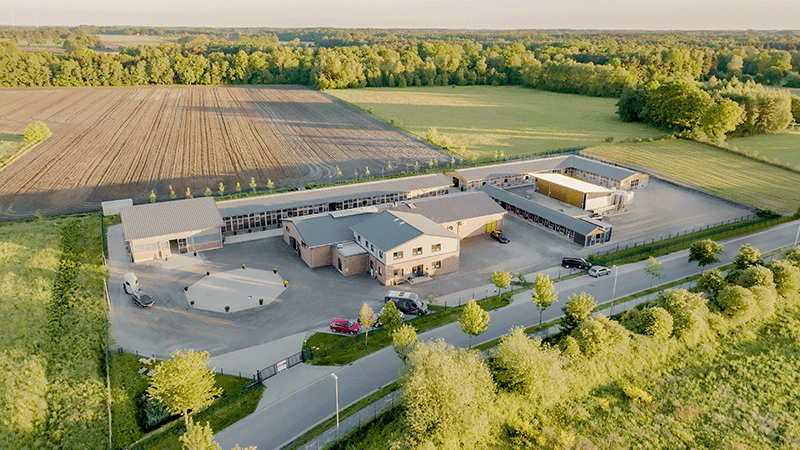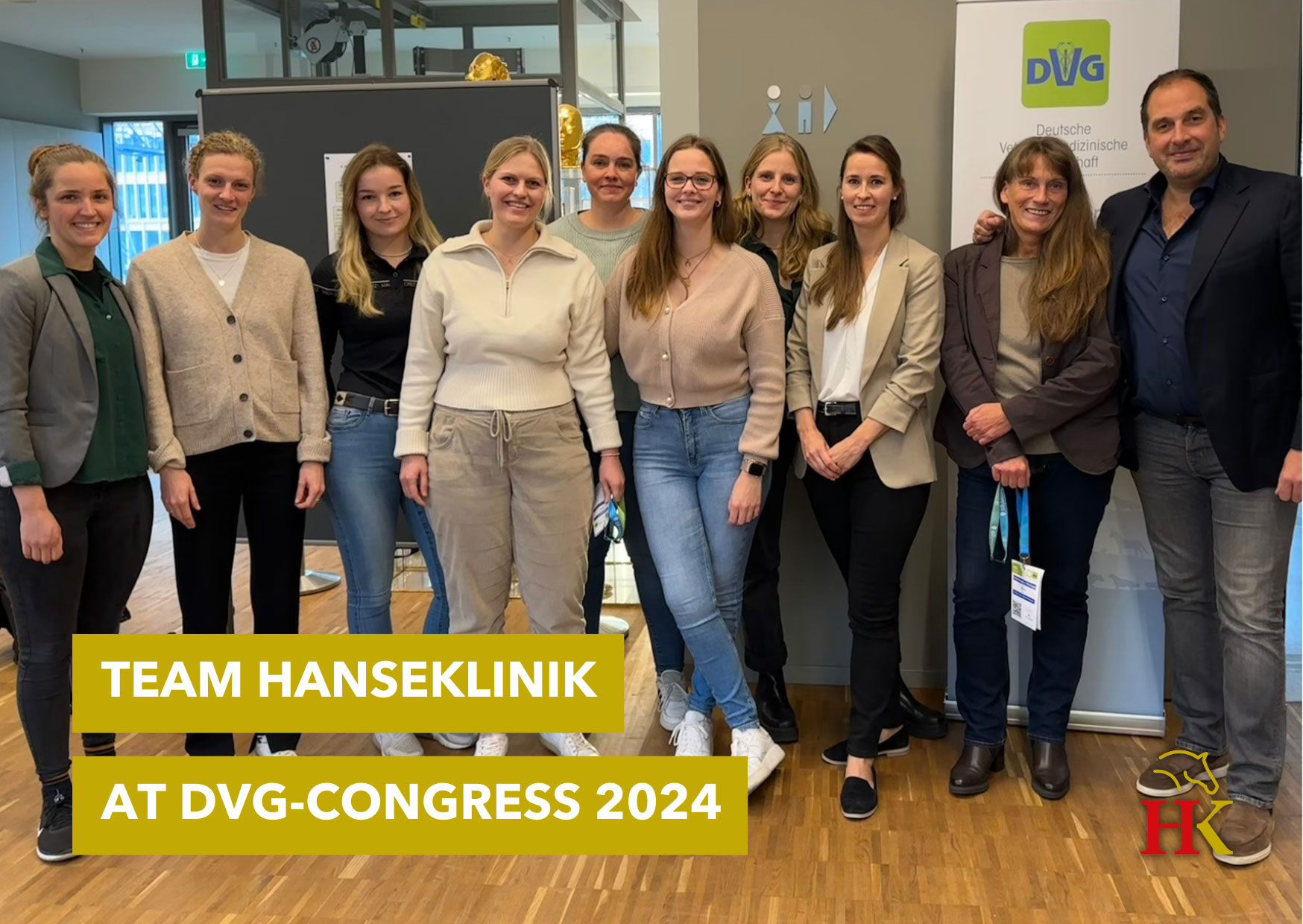A change is currently taking place in veterinary medicine. In the past, two-dimensional imaging methods such as X-ray or ultrasound and advanced procedures such as MRI and scintigraphy were used to visualize soft tissue and bone structures. Now one device is coming more into focus – CT. This form of imaging is at an extremely high level in terms of application, speed and quality of diagnosis. This development is therefore also making itself felt in equine clinics.
Since the Hanse Equine Hospital was founded in 2019, our treatment portfolio has already developed considerably. In addition to a new operating and recovery room, two treatment rooms, a dental ward and an extension to the pharmacy, the clinic’s range of services now also includes a state-of-the-art computer tomograph, the “Qalibra LB Exceed”. What does this mean for our patients?
The height-adjustable sliding platform of the new CT device allows flexible examination and execution of different body regions without having to move the horse. This innovative handling of the CT is therefore used in orthopaedics for advanced lameness diagnostics and in surgery, where it is used to prepare complex orthopaedic procedures and CT-assisted osteosynthesis. Clinic Director Dr. Jens Körner emphasizes that the integration of the CT scanner is not only an enrichment for the clinic, but above all represents a significant improvement in patient treatment.
Compared to conventional X-ray and ultrasound methods, CT offers a decisive advantage. The dual-energy system of the “Qalibra LB Exceed” CT uses two planes of stress to differentiate tissue densities, allowing detailed visualization of soft tissue and bone in a single scan. This technology is pioneering and is increasingly replacing MRI, as it enables extremely fast, high-resolution, advanced imaging in horses. Dentistry, which has developed into a specialist field in recent years, also benefits from CT imaging for accurate diagnoses, planning and executing surgical procedures for conditions such as sinusitis, jaw fractures, treatment of periodontal disease or EOTRH. In order to offer these treatment options to as many patients as possible, three specialists will support the dental unit team from May.




